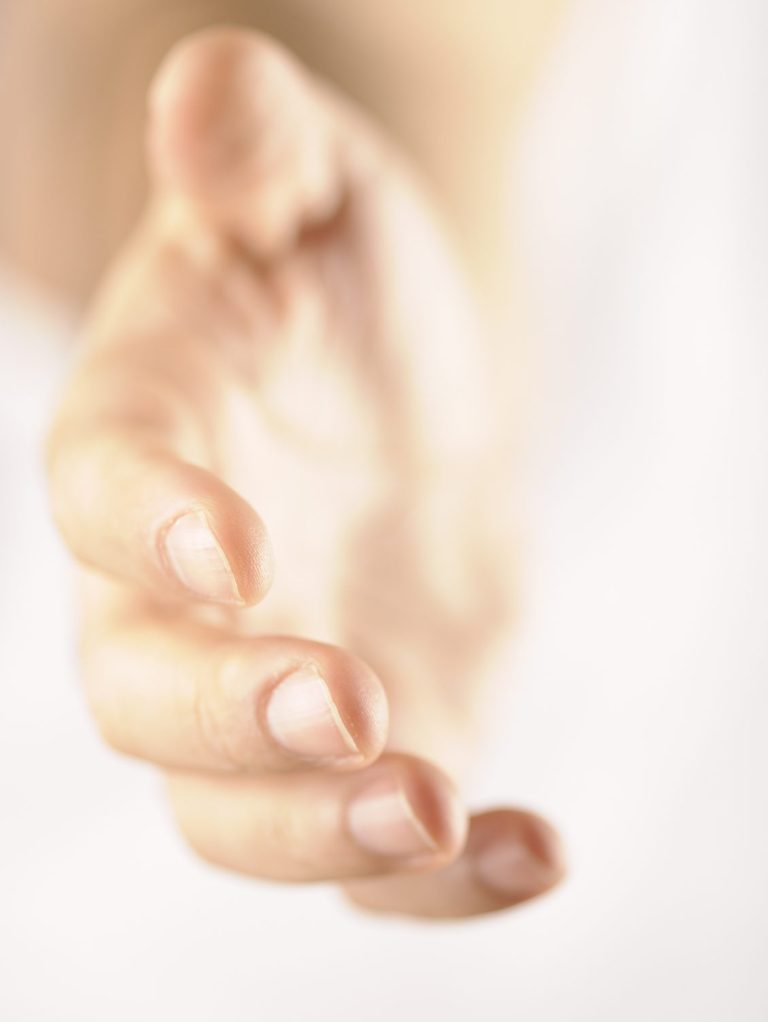Research: Bystander & CSH
Дослідження: Сторонній Спостерігач і Примусове Сексуальне Домагання
Research on Psychology of CSH and Bystanders
Дослідження Психології Примусових Сексуальних Домагань та Свідків

Foundation
Folkman, S., Lazarus, R. S., Dunkel-Schetter, C., DeLongis, A., & Gruen, R. J. (1986). Dynamics of a stressful encounter: cognitive appraisal, coping, and encounter outcomes. Journal of Personality and Social Psychology, 50(5), 992-1003. https://doi.org/10.1037/0022-3514.50.5.992
Gray, K., & Wegner, D. M. (2009). Moral typecasting: divergent perceptions of moral agents and moral patients. Journal of Personality and Social Psychology, 96(3), 505-520. https://doi.org/10.1037/a0013748
Knapp, D. E. (2016). Sexual harassment and the real North Country: Revelations of an expert witness. Employee Responsibilities and Rights Journal, 28(1), 1-22. https://doi.org/10.1007/s10672-015-9269-2
Latané, B., & Darley, J. M. (1970). The unresponsive bystander: Why doesn’t he help? Prentice Hall.

Publications
Heretick, D. M. L., & Learn, I. V. (2020). Severity of coercive sexual harassment in professor–student interaction and peer bystander responses. Journal of Social, Behavioral, and Health Sciences, 14(1), 87–105. https://https://doi.org/10.5590/JSBHS.2020.14.1.07
Heretick, D. M., Learn, I., & Holmes, J. M. (2022). Helping Responses by Indirect Bystanders of Coercive Sexual Harassment in Academia: Friendship Status With Source of Information. Journal of Social, Behavioral, and Health Sciences, 16(1), 306-330. https://scholarworks.waldenu.edu/jsbhs/vol16/iss1/22/
Learn, I. M. (2021). The Effect of Victim’s Responses to Coercive Sexual Harassment on Bystander Intentions and Moral Perceptions (Doctoral dissertation, Walden University). https://www.proquest.com/openview/462402910e8db6ad42e32e07b9ad6909/1?pq-origsite=gscholar&cbl=18750&diss=y

Collaborative Info
U.S. Department of Education Title IX: https://www2.ed.gov/about/offices/list/ocr/docs/tix_dis.html
U.S. Equal Opportunity Employment Commission: https://www.eeoc.gov/sexual-harassment

Targets
Sexually harassed women are not liked when they say nothing and are ostracized when they make an official complaint. Moreover, they are blamed for becoming victims of SH. There is a double standard for many areas of a woman’s life. On the other hand, sexually harassed men do not complain, formally or informally, about harassment because masculine stereotypes constrain them.

Wrongdoers
A harassing man may justify his actions by sexual attraction and minimize the hostile part of his behavior. Luckily, most people can distinguish harassment based on sexist antipathy from love and care. Sexual harassers devaluate their transgressions, blame and intimidate victims, and present their actions as innocent. An additional dimension of intimidation is added in situations of coercive sexual harassment: social status inequality. This type of inequality produces specific consequences for victims’ responses to CSH.

Bystanders
At first glance, bystanders seem to have the freedom to help SH victims. However, there are many factors influencing their perception of sexual harassment situations. Also, the consequences of involvement could vary. For example, the organizational climate may discourage third-party involvement. In some situations, perpetrators successfully present their actions as innocent and influence bystanders to redirect the blame from harassers to victims. It matters whether the witness of SH is a friend of the victim or the harasser. And this is not a complete list of factors.
Contact
E-mail: llearn.inna@psycontestedgenderequity.info